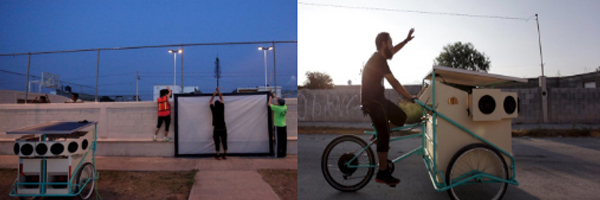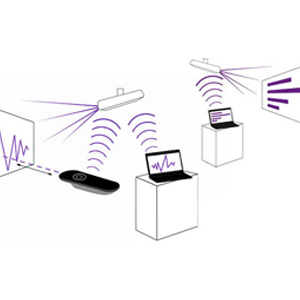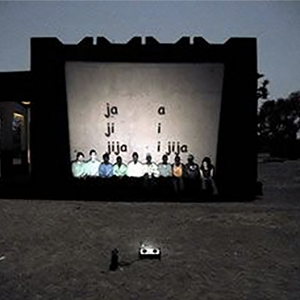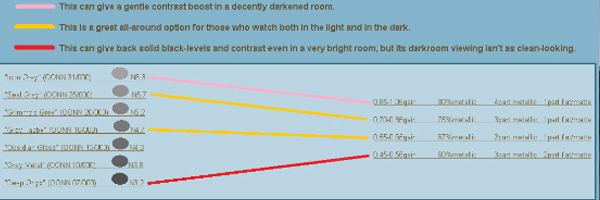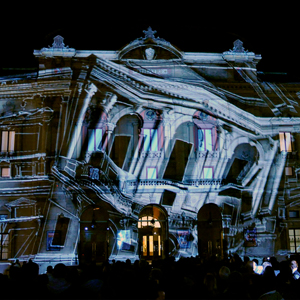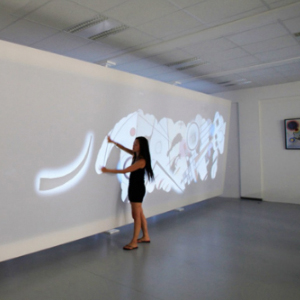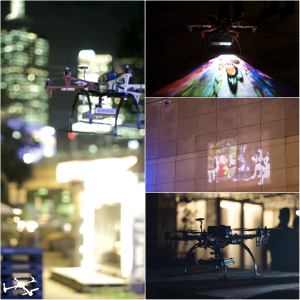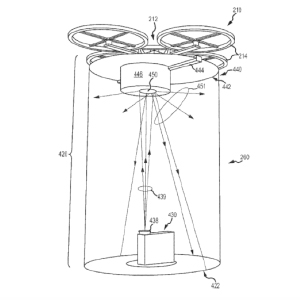Projection technology to make public art more accessible.
As a Project Lead at the Cambridge Innovation Center in Boston, Massachusetts, I’ve coordinated murals and art installations to share our mission with our community of 800+ companies. At times, it can be challenging to receive approval for large-scale “permanent” art, especially when our culture is deeply rooted in digital technology. Projection art could be an interesting alternative to provide messaging and imagery in our space that is both impactful and evolving.
I am also involved in an artist collective and exchange between Boston, Massachusetts and Cali, Colombia. This project has stemmed from a shared interest in murals for social wellness and community building. However, our mission requires murals to be both accessible and welcome in public neighborhoods. Projection technology could help promote our goals of “art as intervention” through a new, experimental, flexible method. This process could also support the development of mural techniques in art education to share our message with a younger generation.
La Fundacion Culata is a foundation created in Cali, Colombia, dedicated to art and research that democratizes creative expression to contribute towards building a better city. Our biggest commitment is to support young people interested in urban art. We are convinced that art is fundamental for the re-significance of values that represent the city healer channel. In this way we seek above all to help generate a circuit of urban art in Cali, turning our city and country into a pole of development and growth of cultural industries, supporting and generating projects that enrich the local urban and artistic scene. The growth of the discipline and its exponents goes hand in hand with the cultural and economic artistic development of the city, the region and the country. This is of vital importance for the construction of new cultural actions that strengthen the circulation, the diffusion, the creation and the formation of citizen coexistence. Learn More.
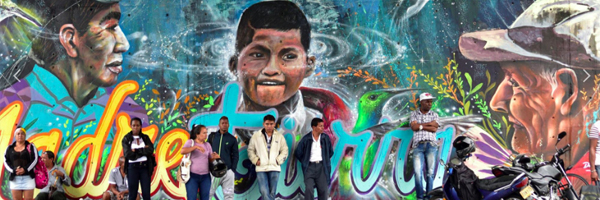
Cinecleta is a project that creates awareness about sustainable and healthy life in Mexico. Reginald Chapa has modified a cargo bike to make a moveable cinema that he calls Cinecleta. He has installed solar panels that supply power to a projector and other sound equipments. Through his moving cinema, he shares films and music within his community. Everyday, he’ll set out to find public spaces where he could install a screen and play something that is relevant to everyday life, culture and healthy living in every way. You’ll see people of almost every age gathered around Cinecleta to enjoy few moments of leisure at a park or at corner in a city. “The Cinecleta intervention program provides a public space to promote reflection on healthy living, culture, sustainability, mobility and the importance of the use of public space as a defense from violence, through the itinerant screenings showing selected audiovisual material.” Learn More.
File Transfer
Projection art may be more successful, particularly during outdoor usage, when it’s not constrained by power accessbility or visual input/output wiring systems. One option is to use physical “slides” of photographs and drawings inside the projector, which could also potentially auto-rotate. Another option is to digitally capture the projected images through storage devices and SD cards. To take this concept to the next level, images could also be transferred over wireless networks from a data source to the projecting device.
Power
In order to be both portable and functional, the projector requires the option to operate on batteries. To take this concept to the next level, the projector could be solar powered and recharge itself in outdoor situations.
Ambience One challenge consistently faced with current projectors is the option to use this technology in daylight. There are opportunities to explore different lighting outputs or screen material to improve the contrast and brightness of the projected visual.
Projection Mapping
If a portable projector can connect wirelessly to another source to receive its visual output, there is an opportunity to explore projection mapping as a creative technique. The visual source could use CAD software to potentially account for the unique size and shapes of 3D surfaces, and in turn, send site-specific graphics to the projector.
Data Responsiveness
A separate visual source could also receive data input that sparks an algorithm that projects certain images. For example, one artist in my network is working with the weather API to project backgrounds on her paintings that display her location’s weather conditions.
Sensory Input
There is an option to explore sensory input, such as sound, touch or motion, that could manipulate the projected display.
Mobility
What if the projector was installed on a drone that could take flight and hover near the walls where it was projecting? This option would allow the image location to be fluid, which would provide a unique viewing experience.

